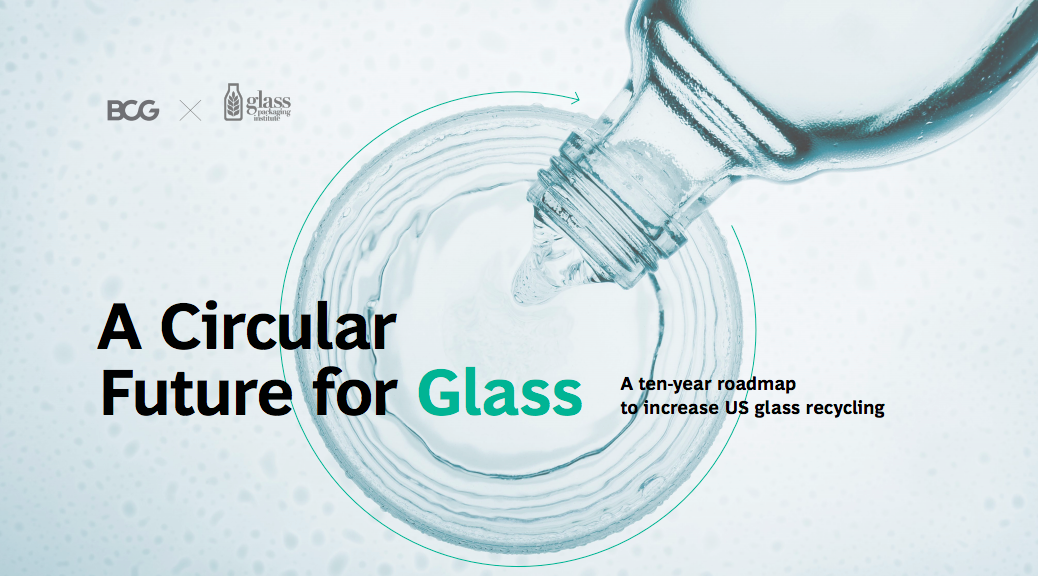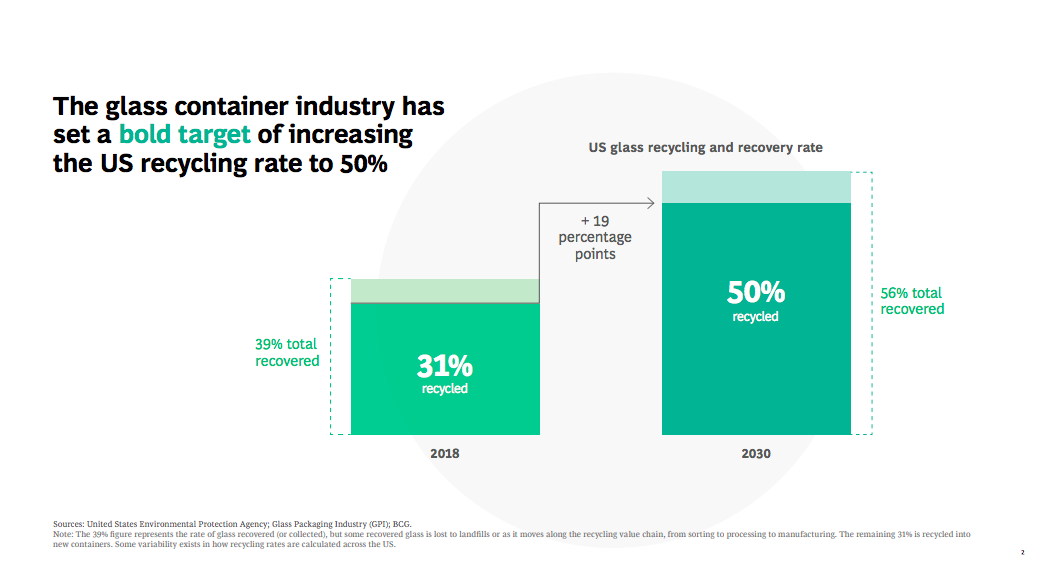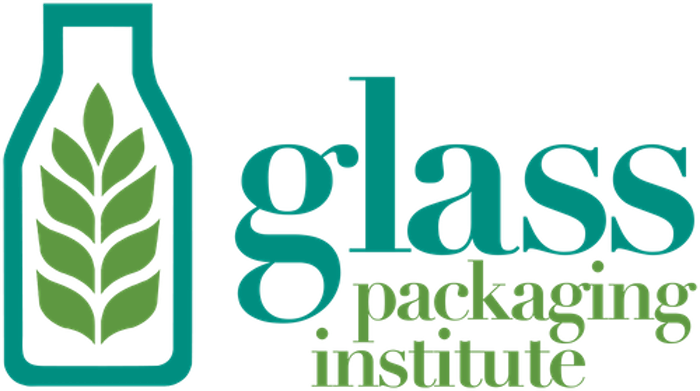GPI, in partnership with the Boston Consulting Group (BCG) developed a ten-year plan to raise the US’s glass recycling rate to 50%. To access the full report, click here.
A Roadmap to Glass Recycling in the U.S



The glass container industry has set a lofty goal to boost the US glass recycling rate to 50% by 2030. This is a huge jump from the 31% rate in 2018 and this bold target isn’t only about numbers – it's about creating a sustainable future for glass packaging across the board.
So why does this matter? Recycling glass isn’t only good for the environment – it’s good for business too. When we recycle glass, we’re not just preventing it from ending up in landfills but we’re preserving natural resources, reducing energy costs, and cutting down on carbon emissions.
By setting a 50% glass recycling rate goal, it would be the same as taking 300,000 cars off the road each year.
But it’s not that simple and there are challenges to overcome. While the future of glass recycling looks great, the current state of recycling in the United States varies depending on where you go.
While some states are crushing it (Oregon boasts a 73% recycling rate), others (Illinois has an 8% recycling rate) are falling behind. This is why industry leaders believe it’s so important to develop a comprehensive glass recycling roadmap to tackle these issues.
This plan isn't a one-size-fits-all approach. Instead, it focuses on three key pillars:
- Leaving no bottle behind: Ensuring every glass bottle has a path to recycling
- Transforming the recycling system: Upgrading infrastructure for better sorting and processing
- Driving collective action: Getting everyone — from consumers to policymakers — on board
The glass recycling rate increase plan also leverages seven key strategies including expanding commercial recycling to implementing deposit return schemes.
Altogether, the goal is to bring industries together and develop policies that trickle down from glass manufacturers all the way down to consumers.
As a potential glass recycling partner, your role in this circular economy is vital. Whether you're a business owner, a policymaker, or simply someone who cares about sustainability, there are ways you can contribute to this vision.
Want to learn more about sustainable practices and stay up to date on the latest in glass recycling? Consider joining the Glass Packaging Institute.
As a member, you'll have access to industry insights, networking opportunities, and resources to help you play your part in shaping a circular future for glass. Together, we can turn this vision into reality — one recycled bottle at a time.

